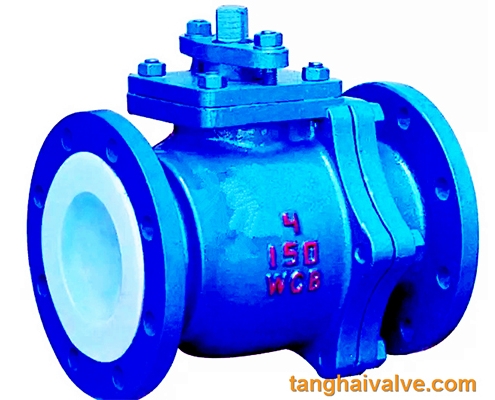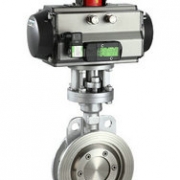Daily maintenance and precautions of ball valves
Daily maintenance of ball valve:
Long service life and maintenance-free period will depend on the following factors: normal working conditions, maintaining a harmonious temperature/pressure ratio, and reasonable corrosion data.

14 ball-valve-6
When the ball valve is closed, there is still pressurized fluid inside the valve body.
Before maintenance: relieve the pipeline pressure and leave the valve in the open position; disconnect the power or air source; separate the actuator from the bracket.
It is necessary to find out that the upstream and downstream pipelines of the ball valve have indeed been relieved of pressure before disassembling.
Care must be taken to prevent damage to the sealing surface of parts, especially non-metal parts, when disassembling and reassembling. Special tools should be used when removing O-rings.
The bolts on the flange must be tightened symmetrically, gradually and evenly during assembly.
The cleaning agent should be compatible with the rubber parts, plastic parts, metal parts and working medium (such as gas) in the ball valve. When the working medium is gas, gasoline (GB484-89) can be used to clean metal parts. Clean non-metal parts with pure water or alcohol.
Non-metal parts should be taken out of the cleaning agent immediately after cleaning, and should not be soaked for a long time.
After cleaning, it needs to be assembled after the cleaning agent of the wall surface to be washed evaporates (can be wiped with silk cloth not soaked in cleaning agent), but it should not be left for a long time, otherwise it will rust and be contaminated by dust.
New parts also need to be cleaned before assembly.
When assembling, it should not be allowed to have metal chips, fibers, grease (except those specified for use), dust, other impurities, foreign objects, etc., to contaminate, adhere or stay on the surface of the parts or enter the cavity. Then tighten the stem nut.
Note: Don’t lock it too tightly, usually lock 1/4 turn to 1 turn, the leakage will stop.
A), disassembly
Keep the valve in a half-open position to flush and remove dangerous substances that may exist inside and outside the valve.
Close the ball valve, remove the connecting bolts and nuts on both flanges, and then completely remove the valve from the pipeline.
Disassemble the drive device-actuator, connecting bracket, lock washer, stem nut, butterfly shrapnel, glam, wear-resistant piece, stem packing in order.
Remove the body cover connecting bolts and nuts, separate the valve cover from the valve body, and remove the valve cover gasket.
Make sure that the valve ball is in the “off” position. This will make it easier to take it out of the valve body, and then take out the valve seat.
Gently push the stem down from the hole in the valve body until it is completely taken out, and then take out the O-ring and the lower packing of the stem.
Note: Please operate carefully to avoid scratching the surface of the valve stem and the sealing part of the valve body stuffing box.
B), reassembly
Clean and inspect the removed parts. It is strongly recommended to replace the valve seat and valve cover gasket with spare parts kit.
Assemble in the reverse order of disassembly.
Use the specified torque to tighten the flange connecting bolts crosswise.
Tighten the stem nut with the specified torque.
After installing the actuator, input the corresponding signal to drive the valve core to rotate by rotating the valve stem to make the valve open and close.
If possible, please perform pressure seal test and performance test on the valve according to relevant standards before reinstalling the pipeline.

 tanghaivalve.com
tanghaivalve.com

 © Copyright 2020 Tianjin Tanghaidongyang Valve Co., Ltd. All Rights Reserved.
© Copyright 2020 Tianjin Tanghaidongyang Valve Co., Ltd. All Rights Reserved.